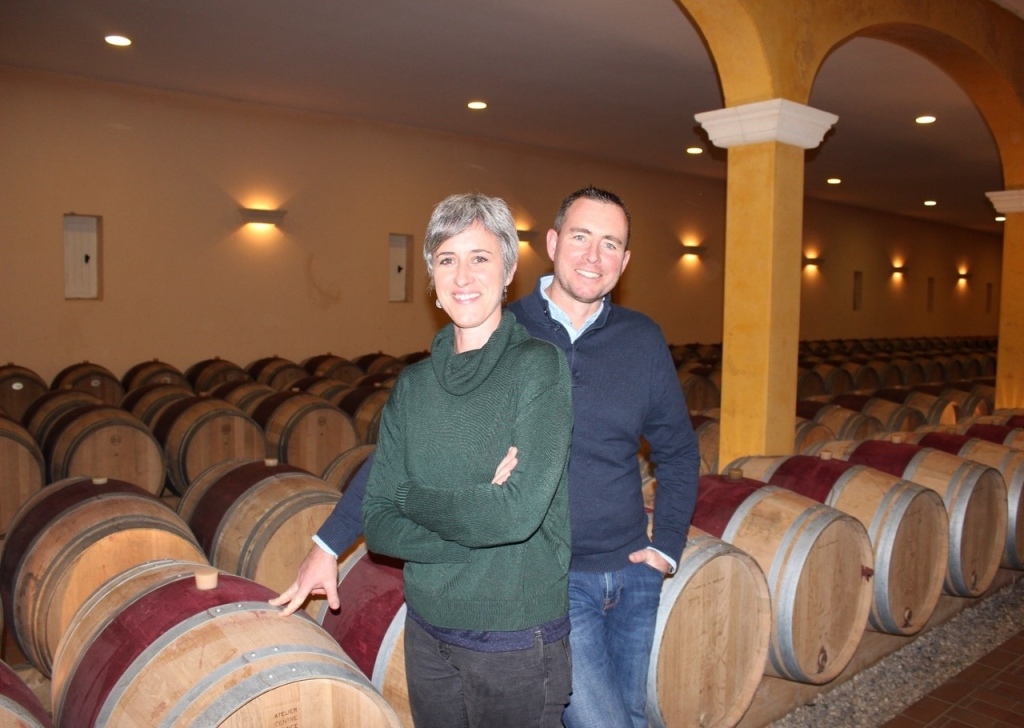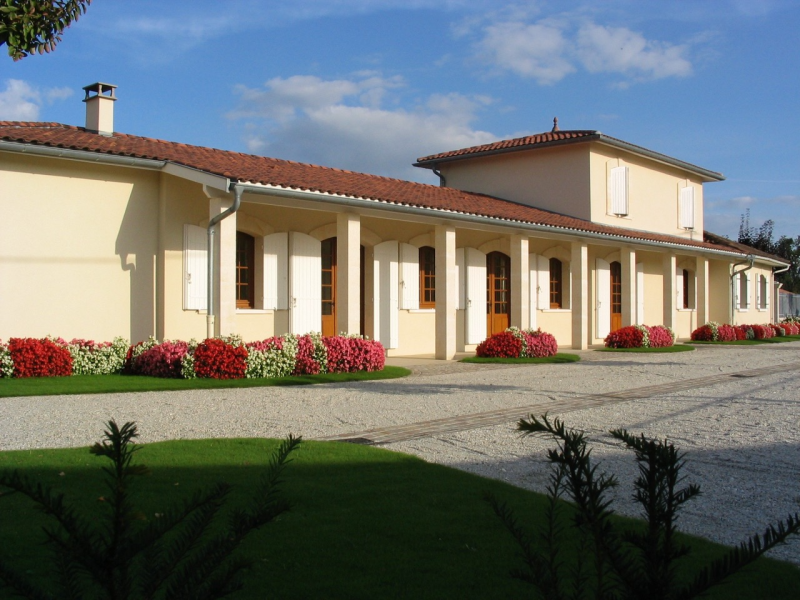Like a lot of young Boomers, by the 1970s I was just getting into the discovery of fine wines. This awakening led me in short order to France in general and to Bordeaux in particular, but the claret selections in American wine shops – then simply called liquor stores – were meager in most places other than New York and a few other primary cities.
Where I shopped, in Maryland and Delaware, I could find a few bottles of “First Growths,” which I couldn’t afford, plus a few shippers’ wines – regional blends then popular as country club wines – which lacked inspiration impact. My salvation was the Crus Bourgeois wines from the “Petits Châteaux” from the Medoc, wines which were both affordable and often quite good. During that period, I drank a lot of La Tour de By, Cissac, Coufran and Citran and Chantegrive from Graves.
I still have a soft spot for Cru Bourgeois wines and the backstories of owners of these almost-anonymous wineries, so my attention was drawn to the recent 2025 reclassification within that category.
For those not familiar, the category of Crus Bourgeois was first recognized in 1932. These sturdy if not stellar wine estates became an organization in 1962, with the first official rankings within the CB category occurring in 2003, deeming 151 wineries basic Crus Bourgeois, 87 Crus Bourgeois Supérieur, and 9 designated as Crus Bourgeois Exceptionnel. Presently, the classification is renewed every five years according to rigorous criteria that only the French government and CPAs could love and understand.
Crus Bourgeois production represents about a quarter of wine made within the eight Medoc sub-regions. Four of those regions are well-known to wine lovers: Saint-Estèphe, Pauillac, Saint-Julien and Margaux – and four less so – Listrac, Moulis-en-Medoc, Haut Medoc and simply Medoc (once Bas Medoc). Of those 171 châteaux just classified, 120 were selected as Crus Bourgeois, 36 Crus Bourgeois Supérieur and only 14 Crus Bourgeois Exceptionnel.
Only one of the 14 Exceptionnels is from Listrac, which is one of my favorite of the lesser-known appellations. Listrac and Moulis are different from the big four in that they have no riverfront property along the Gironde Estuary, lying almost totally west of the area’s lovely two-lane wine road, D2, and thus on less gravel.

Interested in finding out more, I contacted the owners of the Listrac winery, Château Reverdi, just elevated from having been “Superiéur” for the previous five-year classification. Audrey and Mathieu Thomas, sister and brother, in 2002 took over the now 80-acre estate founded by their grandfather in 1953. The vineyard is planted to the standard Bordeaux varieties but with more Petit Verdot than is normal.
With minimal editing, here is my email conversation with Audrey Thomas about their estate’s promotion in rank:
Morris: First, congratulations! How did you find out about the elevation?
Thomas: We received results for Christmas 2024, and we celebrated with our team and family, too, because Château Reverdi is above all a family adventure! We received many messages from our importers and customers.
Morris: When will we first see “Cru Exceptionnel” on a Château Reverdi label?
Thomas: It will be with our 2023 vintage.
Morris: This didn’t happen overnight. What had you been doing at the estate to improve quality?
Thomas: We make regular investments to improve quality, but the focus of our work was carried out in the vineyard, because we renewed with the Petit Verdot variety from the 2000s. This variety is very well adapted to our soil and climatic [conditions], and for the latest vintages, we blend with 30-35% Petit Verdot.
Morris: Wow, certainly a lot more that the 5 to 8% PV that is standard in the Medoc. I assume the process of filing for the new classification must have been a long and arduous one. Can you give me some details?
Thomas: For the 2025 new classification, we began the process in September 2023 when we submitted our first form to enter on classification Cru Bourgeois. In October 2023, there was a tasting of our five latest vintages. We got a good score, and, thanks to it, we were able to request [consideration for a higher ranking].
We submitted our second form requesting an additional mention in February 2024. In March, three professionals came to the château to check vineyards and buildings as well as a discussion and a long checking of all the forms. We learned in December we were being given exceptionnel status, and that was made official this February.
Morris: I’m particularly interested in how this higher classification will affect Reverdi. Will it help with marketing the wines?
Thomas: I’m sure this higher classification will help Reverdi for our international reputation and marketing because it’s a classification for five vintages – 2023 to 2027.
Morris: Will it mean an automatic price increase?
Thomas: I will not increase our price much because we must retain good value with a good price for good quality.
I confided to Thomas that while I had not yet tasted Château Reverdi, the Moore Brothers wine store a few miles away carried their estate or “first wine.” Yes, she replied, Petit Pois, which supplies much of Moore Brothers’ French wine inventory, is a U.S. importer.
A few days later, I picked up the wine, the 2019 Reverdi, normally per $30 bottle but on sale for $26 to make way for the new vintage. It was, of course, labeled “Cru Bourgeois Supérieur” and will retain that designation for the 2020, 2021 and 2022 releases.
While tasting it, my mind registered the wine as meriting a score of roughly 90 points, offering good value with a typical Medoc profile, specifically, subdued black fruit in a profile that is long and lean on the palate with good wood notes, modest tannins, and fresh acidity. The modest fruitiness did not promise a long life, but then, few people lay down a Cru Bourgeois bottling for more than a couple of years.
All the same, it brought a smile of remembrance as I made my way through the bottle that evening meal and the next day. And I know I’m now hooked. I will be looking for the 2020 to begin the liquid journey of Reverdi until the 2023 arrives—and with it the promise of all that Petit Verdot.

